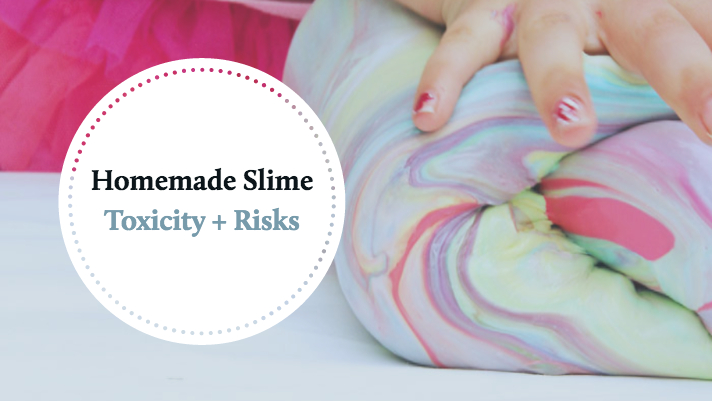If your cat coughs or vomits after taking a pill, there's probably a good reason. Coughing or vomiting after having swallowed pills dry could very well be a result of dry pilling (giving your cat a pill without any liquid). If you have ever tried to dry-swallow an aspirin, you'll recognize how uncomfortable the experience can be. Swallowing half a pill can even be worse, because of the sharp corners.
Why "Dry Pilling" Is Dangerous for Cats
Dry pilling can lead to pills getting stuck in your cat's esophagus (the tube leading from the mouth to the stomach). While dry pills are likely to get stuck, capsules are even more dangerous for cats. The smooth, gelatinous surface tends to cause capsules to lodge in the esophagus.
A 2001 study presented in a veterinary journal stated that "After 5 minutes, 84% of capsules and 64% of tablets are still sitting in the esophagus." The study also brought out the dangerous occurrences of esophagitis, which can be caused by the irritation of pills and capsules remaining in the esophagus for long periods of time. This can often lead to blockage, entirely.
How to Give Your Cat Liquid to Avoid Dangerous Dry Pilling
It may seem impossible to force a cat to drink. Fortunately, though, there are a number of tricks you can use to prevent problems when administering oral medications to cats:
Follow Pilling with Liquid
Use a small 1cc syringe filled with either plain water or low-salt broth. Approach the cat from the back or side, rather than front-on. Keep the cat's head level rather than tipped back, to facilitate swallowing.Conceal the Pill in a Pill Pocket
Pill Pockets are cone-shaped, soft treats with a hole down the center. Just pop the pill inside and pinch the top closed, and offer it to your cat as a treat.Treat After Pilling
Offering a favorite treat will not only encourage future pilling cooperation but will help get the pill into the stomach quickly so it can go to work.Canned Food After Pilling
Try giving only a small portion of a regular meal of canned food before the pilling, and withhold the remaining portion for afterward.Compounded Flavored Meds
Some pharmacies will compound medications into flavored liquid doses, which are both easier to swallow, and a lot tastier than pills. Your veterinarian may work with a compounding pharmacy, a "regular" pharmacy may have flavors for pets (we strongly advise against shopping online for your pets meds).Transdermal Meds
Some medications can be formulated into a gel or ointment that can be rubbed into your cat's inner ear. These can also be compounded by pharmacies.
At least one of these solutions should relieve both you and your cat of the anxiety and discomfort found in dry pilling. Speak with your veterinarian specifically about the best approach for your feline friend.







